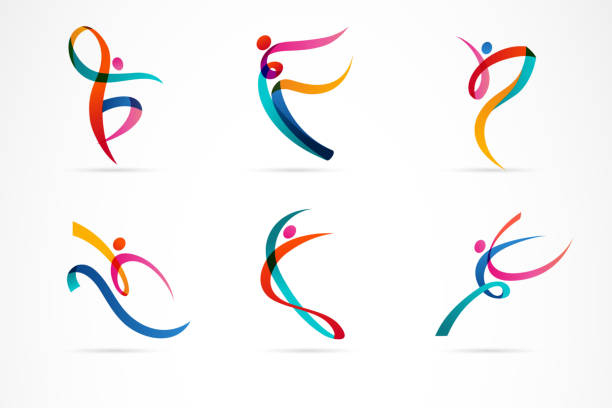Optimal Posture = Ability To Change Posture

The paradigm of optimal posture is a form that is perfectly aligned and balanced: the hips and shoulders are level, the head is stacked over the shoulders, and the trunk is upright. “Perfect posture” is a challenging standard to achieve, let alone maintain, and there is a growing market of products aimed to improve our alignment, such as standing desks, lumbar support cushions, and garments to prevent slouching. These products are more focused on static posture and sustaining a seated or standing position with good alignment will help mitigate the downward force of gravity on the body. While one’s alignment during static positions is important, no single posture, no matter how “perfect,” is optimal indefinitely. For sustaining joint, muscle, and soft tissue health, one must maintain the ability to move in and out of postures, however this can become challenging as well.
Most people are born with the ability to move in a wide variety of ways without pain or limitation. In observing children at play, you’ll notice that they are masters at diverse movements. As we get older, the amount and variation in our movement tends to decrease and we can become “stuck” in certain postures. There are various intrinsic and extrinsic factors that can create postural and movement patterns that, over time, can be difficult to break out of.
One considerable factor is that we don’t use our bodies in symmetrical ways and various life factors can create uneven demands on the body. Take hand dominance; the vast majority of the population have a dominant side, typically the right, that biases our use of the right hand for fine motor tasks. Certain hobbies, sports, or occupations involve repetitive movements or sustained positions and injuries can create long lasting and sometimes permanent changes to our body structure and function. All of these factors can result in muscle imbalances and joint stiffness that overtime can restrict our ability to move in a variety of ways.
Another major factor that can influence our postural and movement patterns is our internal anatomy. Our ability to achieve outward symmetry is amazing, considering we are actually quite asymmetrical internally. We have various organs that are different shapes and sizes and our cardiovascular and neurological systems can vary side to side as well. If these internal systems aren’t optimally integrated, they can bias certain postural and movement patterns that can eventually become challenging to undo.
There will always be external and internal factors that will influence how we hold and move our bodies. Therefore, it may take a conscientious effort to counteract those factors to avoid becoming restricted in a certain posture or movement pattern. For example, if one sits at a desk all day with their hips and knees flexed, it’s a good idea to stand up and stretch the front of the hips and hamstrings intermittently. For activities that involve a lot of repetitive movements, make sure to vary which arm you use. If you tend to shift onto your right leg when you stand, shift to the left side more often. We tend to live our lives in the sagittal plane (i.e. forward movements), therefore try to incorporate some transverse and frontal plane movement.
The ability to sit or stand with good posture is extremely important, but keep in mind our bodies are supposed to move. Continuing to incorporate various movements or positions throughout the day will help keep your body mobile, adaptable and resilient.


